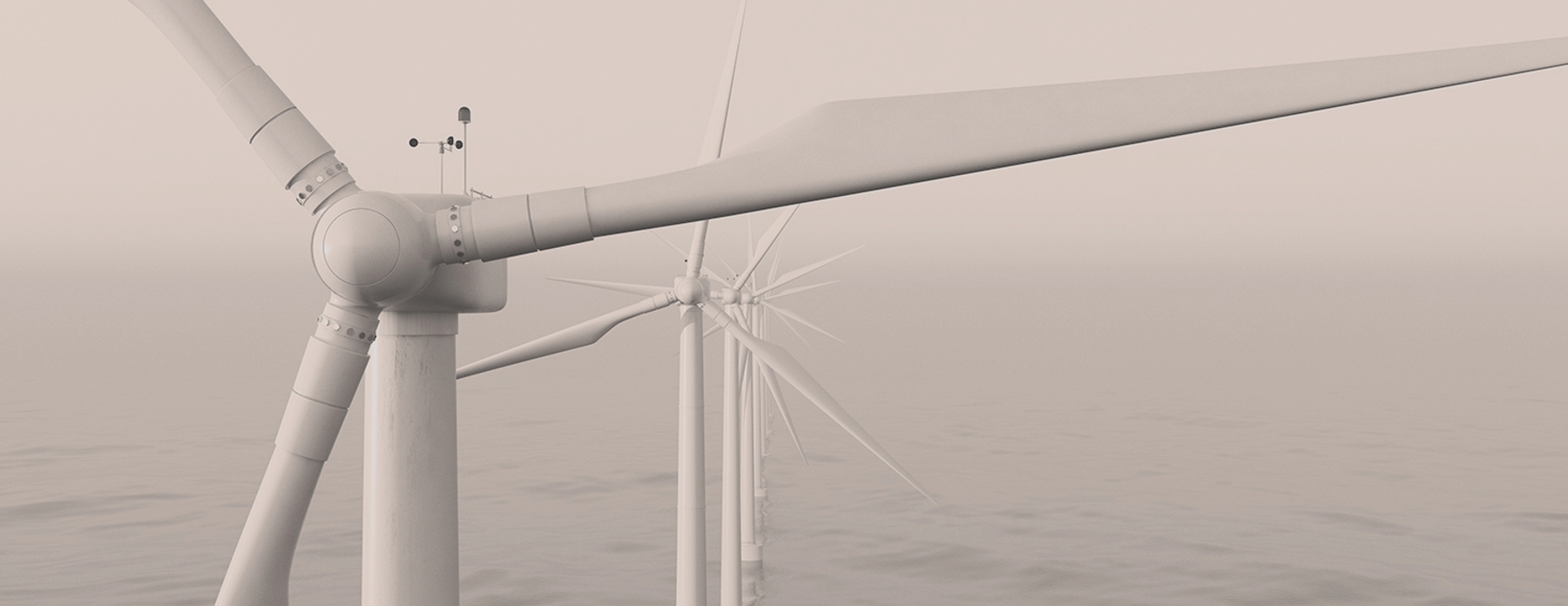
Energy Update: Draft decree defining the tendering process for offshore wind projects located in Finland's exclusive economic zone opens for public consultation
Our Energy practice group has been following the progress of the legislative project, which aims to clarify the requirements and processes for offshore wind power in the Finnish exclusive economic zone ("EEZ"). The Ministry of Economic Affairs and Employment has on 23 June 2025 sent out for comments a draft Government Decree on Offshore Wind Power in the Exclusive Economic Zone ("Government Decree"). In this article, we summarise the key facts of the draft decree and the criteria associated with the tendering process for offshore wind projects in the Finnish EEZ.
For further information on previous developments related to the legislative project, please see the previous articles published on our website:
- First details of new act on offshore wind power projects in the Finnish EEZ released
- New legislative project to clarify requirements and processes for offshore wind power in the EEZ
- Draft government proposal for an act on offshore wind power in the Finnish EEZ submitted for consultation
The Government Decree is based on the Act on Offshore Wind Power in the Exclusive Economic Zone (937/2024, in Finnish: laki merituulivoimasta talousvyöhykkeellä), which entered into force on 1 January 2025 ("Offshore Wind Power Act"). The Government Decree sets out more detailed provisions regarding the new procedure for granting exclusivity rights to offshore wind power areas designated within the EEZ. The core focus of the Government Decree is to regulate, inter alia, the competitive tendering, the selection criteria for choosing the winner of the tender as well as the amounts of the guarantees to be placed.
Pre-qualification criteria
The tendering process for offshore wind projects located in the Finnish EEZ is proposed to be a single-round tendering, where the participants would give closed bids. Each participant may submit one bid per tender.
The Government Decree regulates the financial and project management conditions for participation in the tendering process. The conditions are intended to ensure that all participants have the capacity to contribute to the project and to be suitable to carry out the project in question. The financial capacity requirement would be met if the balance sheet total is at least EUR 600 million, of which at least 15% is equity, or if the participant has at least EUR 1 billion in assets under management. Furthermore, experience in wind power would be required for both the project development and construction phases, with a minimum of 100 megawatts of capacity required to be demonstrated in both phases. This requirement can be fulfilled by one or multiple projects, but the experience must not be more than eight years old.
The participants could use resources from another entity to fulfill both the financial and experience requirements. In such cases, the participant must attach documentation that ensures that the other entity's financial capacity is actually available for the participant for the project, and/or that the other entity participates in the implementation of the project, provided that the participant obtains the exploitation permit (in Finnish: hyödyntämislupa).
Criteria for the winner of the tender process
The Government Decree specifies the criteria for choosing the winner and runner-up from among the tenderers that meet the participation requirements. According to Section 5 of the Offshore Wind Power Act, in the competitive tendering procedure, the Energy Authority (in Finnish: Energiavirasto) determines the winner and runner-up by comparing the price-quality ratio of the tenders, with participants receiving points for both the exploitation fee (in Finnish: hyödyntämismaksu) they offer and qualitative factors. Accordingly, the Government Decree specifies the scoring system totaling 100 points, divided between the exploitation fee (50 points) and qualitative factors (50 points) – higher points representing higher ranking. The exploitation fee will be expressed as EUR per installed MW per year, and the payment obligation per wind turbine generator begins once the wind turbine generator is installed, it is technically feasible to produce electricity, and is connected to the grid or an electricity consumption site, and ends when all of the wind turbine generators are decommissioned.
The qualitative factors would relate to:
- Experience, expertise and overall capability of developing the project: This includes experience in more than 500 MW of wind power projects or in more than 100 MW of offshore wind power projects.
- Environmental impacts of the project: To minimise the impacts, the project is evaluated based on environmental measures that the developer can offer, including: (i) the use of zero-emission fuels in transportation during the operational and decommissioning phase (either electric vehicles or fuels that meet established sustainability criteria), and (ii) implementation of bird radar monitoring during the development phase to support more accurate environmental assessments.
- Enhancing the flexibility of the energy system: To promote flexibility in the energy system, additional points are awarded for the construction of energy storage systems or electricity consumption sites, with larger facilities receiving higher scores. Further points are granted for a commitment to participate in the electricity reserve market with the offshore wind farm, thereby contributing to system flexibility.
In the event of a tie between participants in the tender, certain selection criteria would be weighted, and the qualitative factors would be the primary way to determine the winner and runner-up.
Guarantee mechanisms in offshore wind tendering
According to Section 9 of the Offshore Wind Power Act, participants in competitive tendering must submit a participation guarantee (in Finnish: osallistumisvakuus) to the Energy Authority. The participation guarantee must be sufficient to demonstrate the participant's commitment to the project, and is a prerequisite for taking part in the tendering process. The Government Decree defines both the required amount of the participation guarantee and the deadline for its renewal, if applicable. The Government Decree proposes that the amount of the participation guarantee be set at EUR 1 million.
In addition to the participation guarantee, the procedure also requires a performance guarantee (in Finnish: edistämisvakuus), which must be submitted by the participant after winning the tender and receiving the exploitation permit. The purpose of this guarantee is to ensure the active development of the offshore wind power project and compliance with the qualitative conditions and time limits specified in the exploitation permit. The Government Decree outlines the amount of the performance guarantee, the annual accumulation schedule, and the renewal deadline. It is proposed that the amount of the performance guarantee is to be set at EUR 1 million, which would accumulate annually, increasing periodically over the years until it reaches EUR 5 million per year. The accumulation requirement would be discontinued once 400 megawatts of capacity of wind turbine generators have been installed, they are technically feasible to produce electricity, and are connected to the grid or an electricity consumption site.
According to the draft memorandum regarding the Government Decree, the performance guarantee would be returned if the project is completed as intended. However, if the project is not completed, regardless of whether the discontinuation is due to the developer or, for example, the project not obtaining the necessary permits, the performance guarantee shall not be returned to the developer.
Lastly, other matters regulated by the Government Decree include criteria for selecting the winner in the event of equal scores, content requirements for submitted tender offers and more detailed content requirements for the exploitation permit application.
Stakeholders have until 18 August 2025 to submit their opinions on the Government Decree
The Government Decree will primarily affect potential participants in offshore wind power tenders in the EEZ and the Energy Authority as the organiser of the tendering. Stakeholders will have until 18 August 2025 to submit comments on Lausuntopalvelu's page.
Ultimately, it is proposed that the Government Decree enters into force on 2 October 2025, and the first round of tenders is estimated to begin in January 2026 at the earliest with the winner being selected in June 2026.
Additional information
Our Energy practice will continue to follow the progress of the legislative project and provide updates as developments unfold. If you have any questions or would like to discuss the topic further, please feel free to contact the lawyers listed on this page. We would be pleased to assist and offer additional insight.





